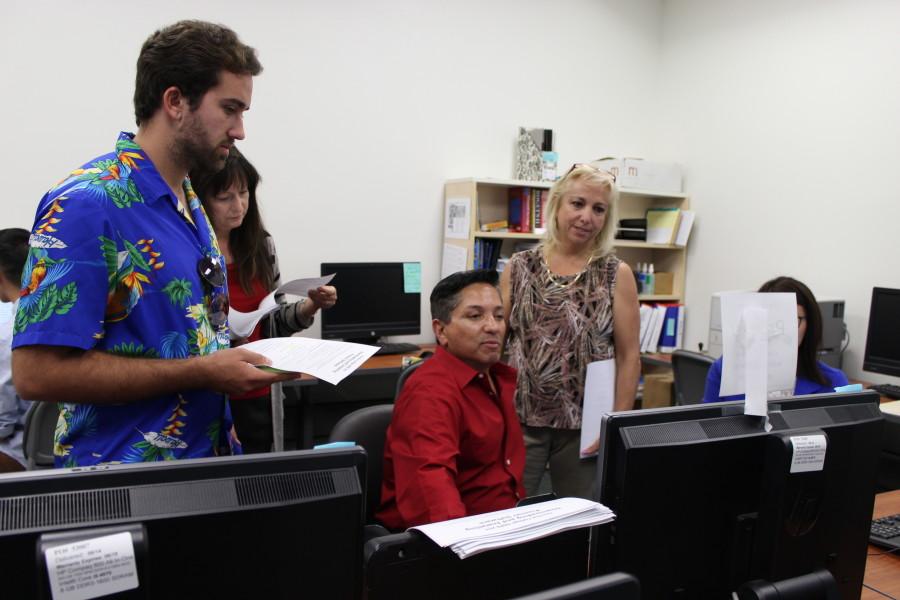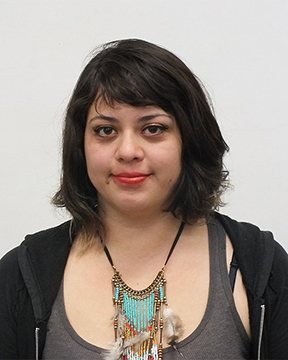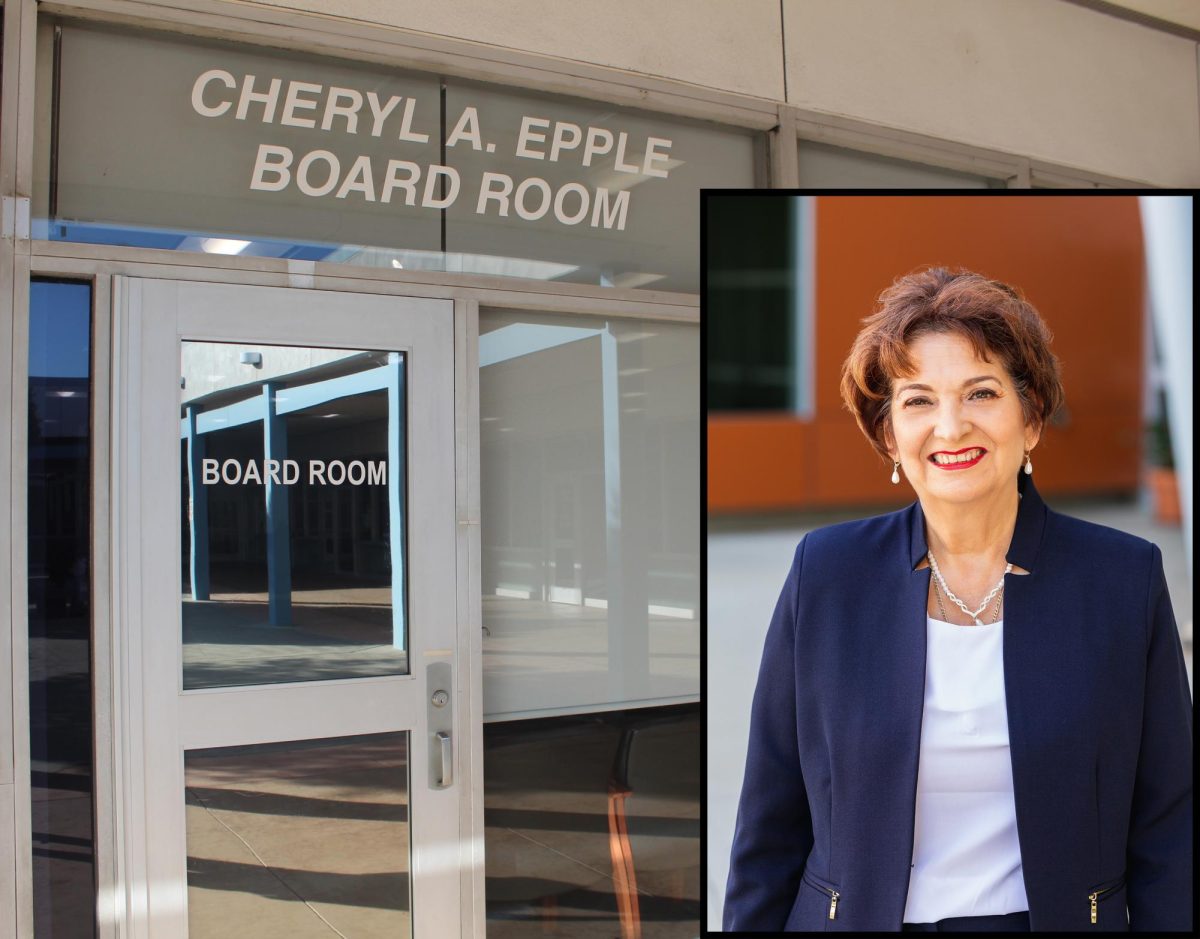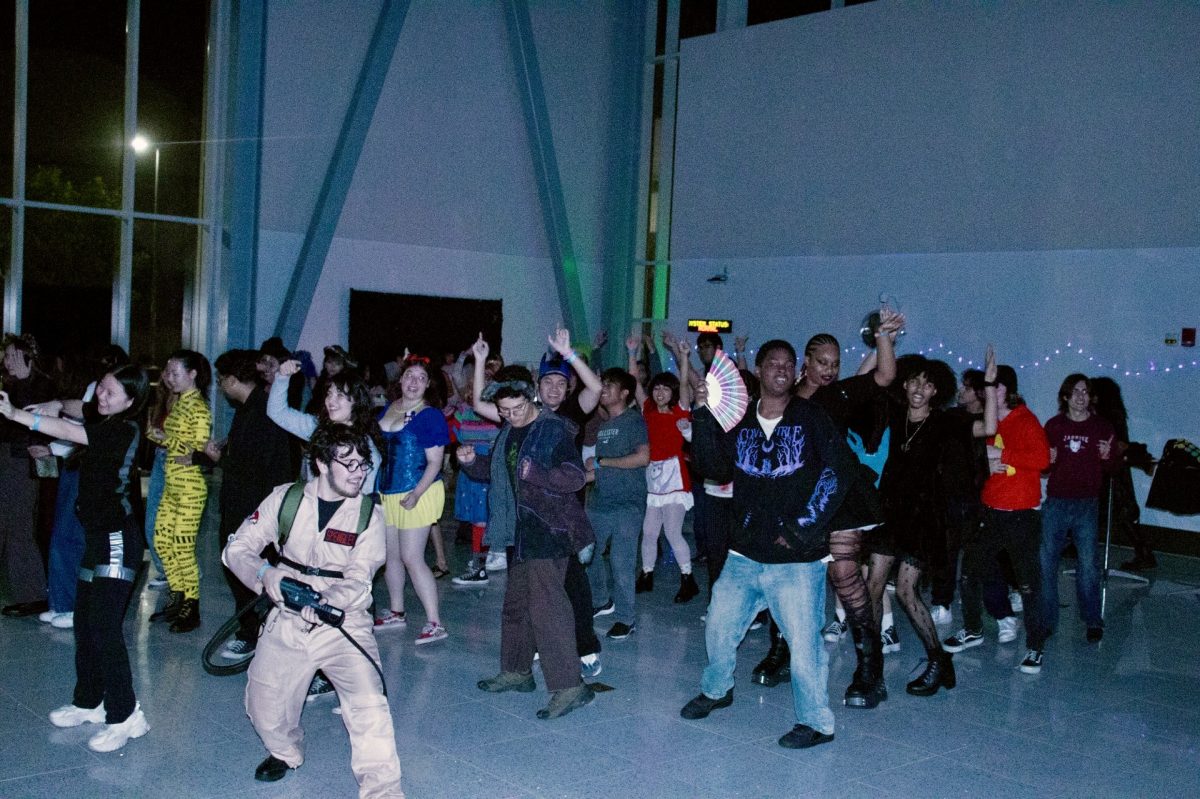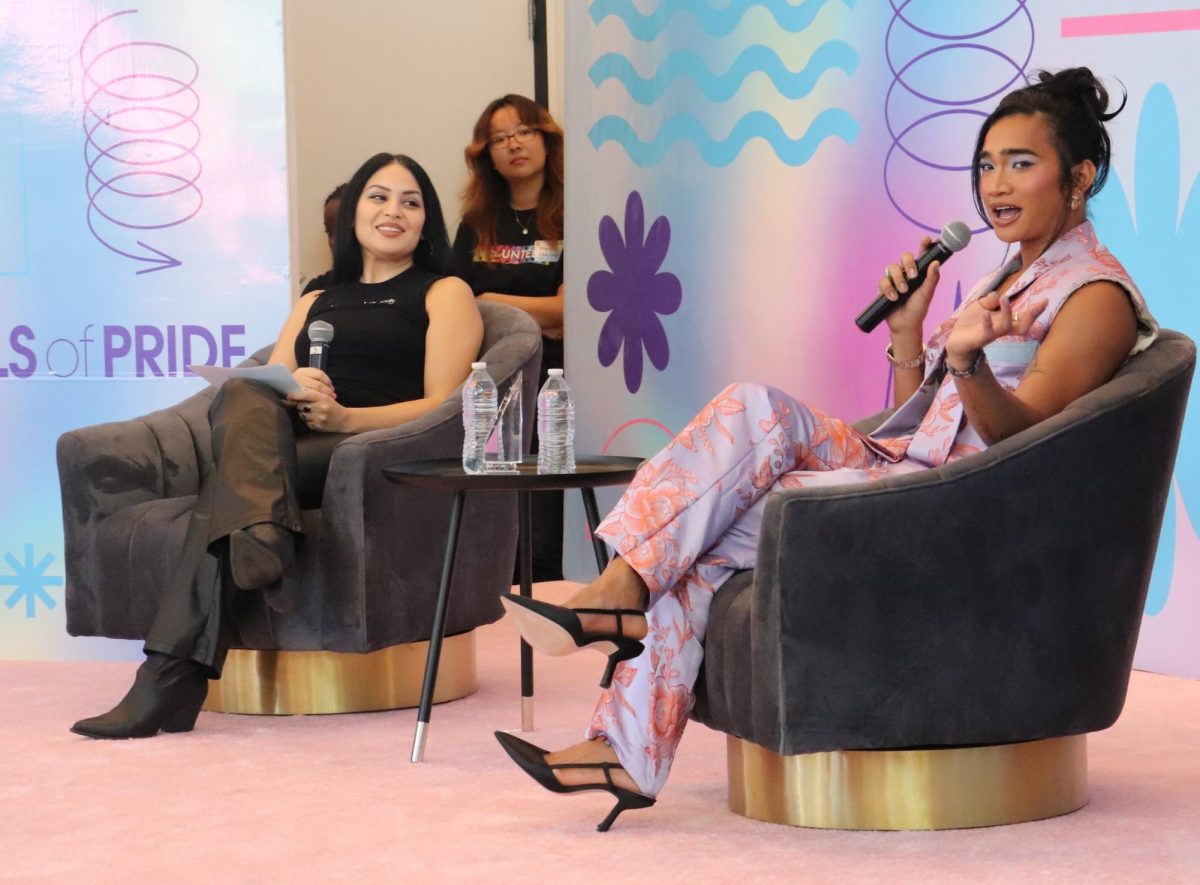A Disabled Student Program and Services Open House presentation was hosted in the Liberal Arts building on April 2 in LA 134.
The Open House consisted of a power point presentation for faculty members to educate them on disabled student services, a raffle, refreshments, and a demonstration of little-known computer programs designed for disabled students.
The program’s office moved from the Santa Barbara building to Cerritos’ fresh new Liberal Arts building last summer.
Liz Page, a DSPS counselor said of the Open House, “The purpose was to help educate faculty and staff about the importance of accessibility for students with disabilities, and to clarify what DSPS does to provide accessibility to students.”
“It’s not only DSPS that is responsible for insuring access,” she went on to say, “it’s an institutional responsibility in insuring that access.”
The presentation emphasized the importance of equal opportunity to access education, whether it is educational materials or physically getting to classrooms. Their main goal is providing reasonable accommodation for all disabled students.
They defined a disability as any condition which results in a limitation barrier in the educational environment.
This includes visible disabilities, such as blindness and mobility disabilities, and hidden disabilities, such as ADHD and autism. It does not, however, include students with anxieties.
Note-taking, extra testing accommodations (a quiet room, extra time), in-class aides, and materials in an alternative format (Braille textbooks, etc) are just some of the services provided to students registered with the DSPS program.
It was also noted that all classes must provide accessibility for students whether or not there are any students in the DSPS program present. This can include such accommodations as making sure all videos shown in class have closed captioning.
After the presentation faculty were invited to learn about assistive technology available on campus designed to make education easier for disabled students. ‘Premier’ and ‘Read Write and Gold’ programs were demonstrated and discussed. These programs take text and read them out loud to students, which can aid many disabilities from dyslexia to blindness. This is especially handy for those who would use Braille textbooks considering how much heftier it is than the average textbook.
The ‘Jaws’ program is designed to help students with very poor eyesight, or blindness, navigate a computer.
The good news for all students is that the Premier program is available to all students, whether they are part of DSPS or not.
Irving Bartikofsky, a Cerritos disability specialist, did the demonstrations and chatted with faculty members about the different ways to use them.
“Sometimes we call something a disability that perhaps really we shouldn’t,” he said, “and instead focus on what students can do and call it a learning style, an ability, and understand that having a disability does not mean you’re broken, does not mean you need to be fixed. It does not mean that you cannot reach your dreams; it does not mean you cannot do what everyone else can do.”
Bartikofsky also answered many questions regarding the program, as many of the faculty members present had never used them before and asked many questions about how to assist their students with them. Through the entirety of the presentation he emphasized the importance of positive language with disabled students.
“In the fabric of who we are as individuals,” Bartikofsky said of disabilities, “having a difference in terms of the way we learn, if we want to call it a disability so be it, that disability is but a tiny little thread in the fabric of who we are as people, because we’re so many other things before we’re somebody with a disability.”



